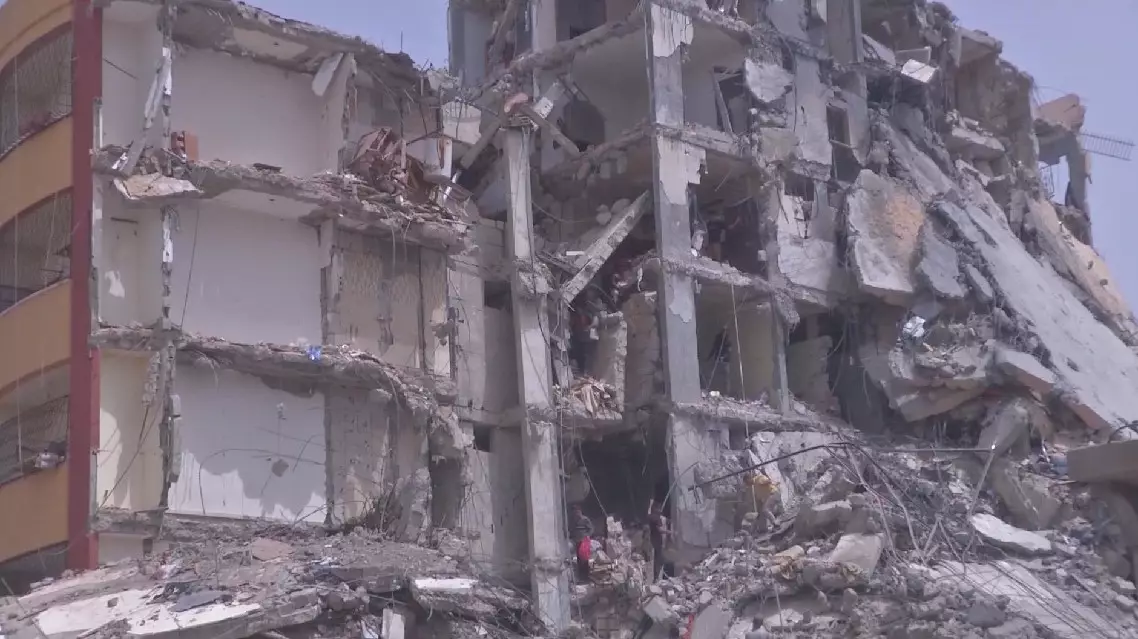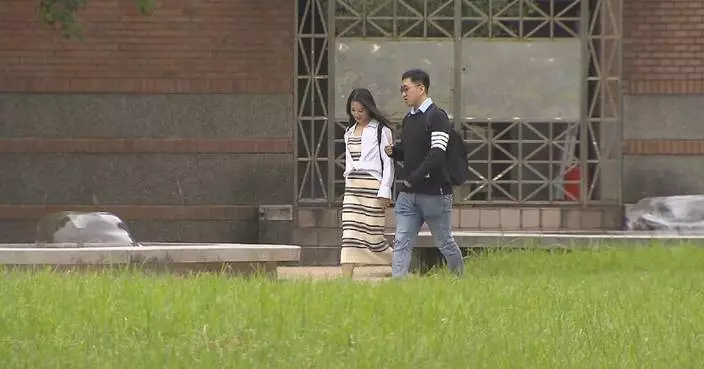Significant progress was made in truce negotiations on the Gaza conflict on Saturday, according to Egyptian media reports on the same day.
A Hamas delegation arrived in Cairo, Egypt, on Saturday to engage in peace talks with Egyptian and Qatari mediators.
However, Times of Israel reported on Saturday evening that a Hamas source said the day of negotiations saw "no progress" and "had ended".
Israel responded to the Egyptian report on Sunday, stating that it had not yet received the contents of the latest agreement, and regardless of whether a temporary ceasefire is achieved, the Israeli army would attack Rafah.
A Hamas official stated that the group would not agree to a ceasefire unless it includes a permanent ceasefire in Gaza. They also accused Israel of attempting to reach an agreement without ending its "aggression and occupation of Gaza", according to reports from Agence France-Presse (AFP).
Another Hamas official mentioned that Hamas is currently considering a "phased" ceasefire agreement with Israel, saying that Hamas is willing to release 33 detainees in the first stage in exchange for a temporary truce. However, according to Dubai-based Al Arabiya TV, the proposal is still under discussion.
A senior Israeli official said that Hamas continued to demand a permanent ceasefire in Gaza, which was "hindering the possibility of an agreement between the two sides." Additionally, the official stated that Israel would dispatch a delegation to Cairo for negotiations only if it observed "positive progress" regarding the release of the detainees.
On Saturday, the Israeli Public Broadcasting Corporation quoted sources as stating that the Israeli side had not yet received the latest agreement. Contrary to reports in the Arab media, the outlet said Israel "will not agree under any circumstances" to a detainee-release deal by ending military operations in Gaza. With or without a temporary ceasefire, the Israel Defense Forces (IDF) will enter the southern Gaza city of Rafah and destroy what remains of Hamas there, the outlet reported.
The Palestinian death toll in the Gaza Strip from the ongoing Israeli attacks had risen to 34,683, the Health Ministry in Gaza announced on Sunday.
During the past 24 hours, the Israeli army carried out three military operations in Gaza, killing 29 Palestinians and injuring 110 others, the ministry said in a statement.
This brought the total death toll to 34,683 and injuries to 78,018 since the Israel-Hamas conflict erupted last October, according to the ministry.

Significant progress made in Gaza truce negotiations: Egyptian source









